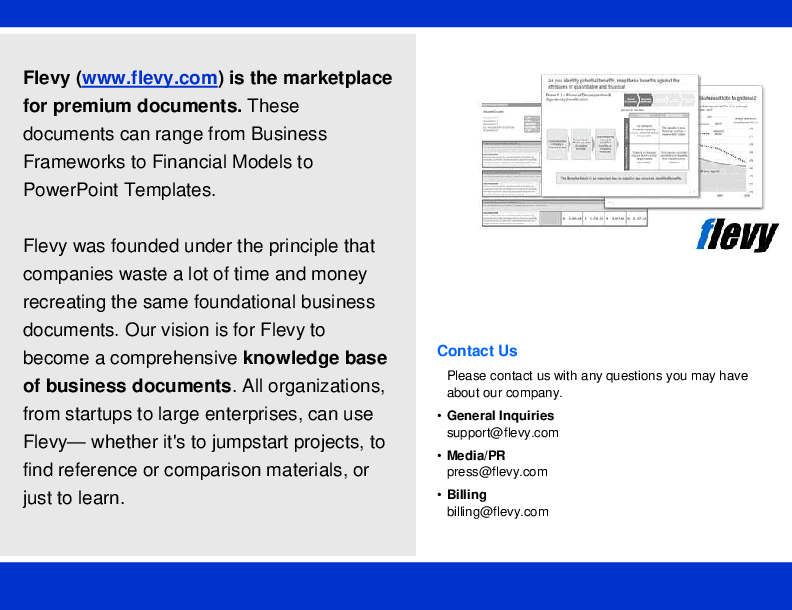Dynamic Cap Table & Equity Planning Template (Excel XLSX)
Excel (XLSX)
VIDEO DEMO
BENEFITS OF THIS EXCEL DOCUMENT
- It simplifies equity management by combining pre- and post-money views in one place, helping you make more informed funding decisions.
- It saves time and reduces errors by automating calculations for convertible notes, new equity rounds, and multiple scenarios.
- It improves stakeholder communication through clear visuals of ownership changes and sensitivity analyses, preventing surprises and misalignment.
ENTREPRENEURSHIP EXCEL DESCRIPTION
This Excel template provides a detailed pre- and post-money cap table that helps you clearly track and manage equity for your company. With robust data entry accommodating up to five initial stakeholder groups, it's flexible enough to cover a variety of ownership structures and funding scenarios. You can model both convertible notes and new equity rounds in one streamlined solution, giving you the power to see exactly how each financing event will affect ownership percentages, valuations, and overall dilution.
In addition to the core cap table functions, the template includes two sensitivity tables that show the dilution effect of key variables—ideal for "what if" scenarios as you plan financing rounds. A clear, visually-appealing chart also displays ownership structure before and after each financing event, making it easier to communicate changes to stakeholders. Designed with user-friendliness in mind, the sheet highlights input cells in yellow with blue text to guide data entry and is fully editable and unlocked, allowing you to tailor it to your specific needs.
Planning for dilution is vital because every time new equity is issued—whether through additional funding rounds, option grants to employees, or convertible note conversions—existing shareholders' ownership percentage decreases. Founders and early employees, in particular, can be caught off-guard when their initial stakes shrink significantly after multiple rounds of financing. By anticipating and modeling this dilution, companies can better set expectations for current and future stakeholders, balance equity incentives, and understand how each fundraising event affects overall control and voting power.
Moreover, a structured approach to dilution ensures that you make informed decisions about valuation, financing needs, and ownership structures. This preparation can help prevent situations where critical team members feel under-rewarded after repeated dilution events, potentially leading to retention issues. It also provides insight into how new investor terms—such as liquidation preferences or conversion discounts—might further dilute certain stakeholders. By analyzing dilution scenarios upfront, management and investors can collaboratively shape a sustainable equity strategy that supports the company's growth while maintaining fair and motivating ownership stakes for all parties.
Got a question about the product? Email us at support@flevy.com or ask the author directly by using the "Ask the Author a Question" form. If you cannot view the preview above this document description, go here to view the large preview instead.
Source: Best Practices in Entrepreneurship, Private Equity, Venture Capital Excel: Dynamic Cap Table & Equity Planning Template Excel (XLSX) Spreadsheet, Jason Varner | SmartHelping
This document is available as part of the following discounted bundle(s):
Save %!
Accounting Trackers - Tools for Accountants
This bundle contains 29 total documents. See all the documents to the right.






